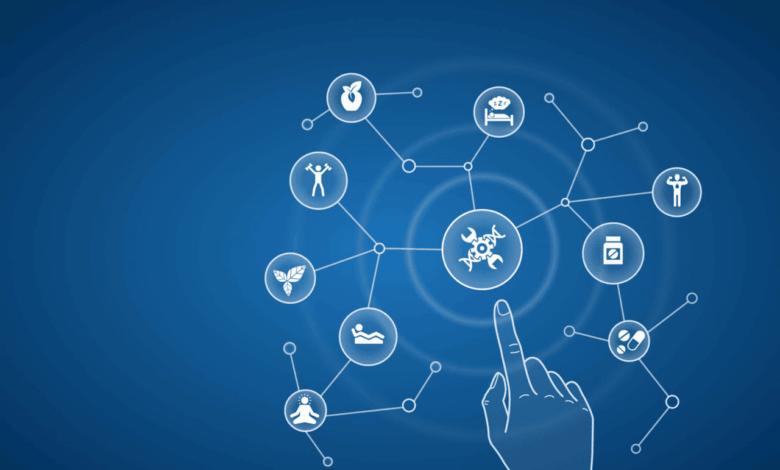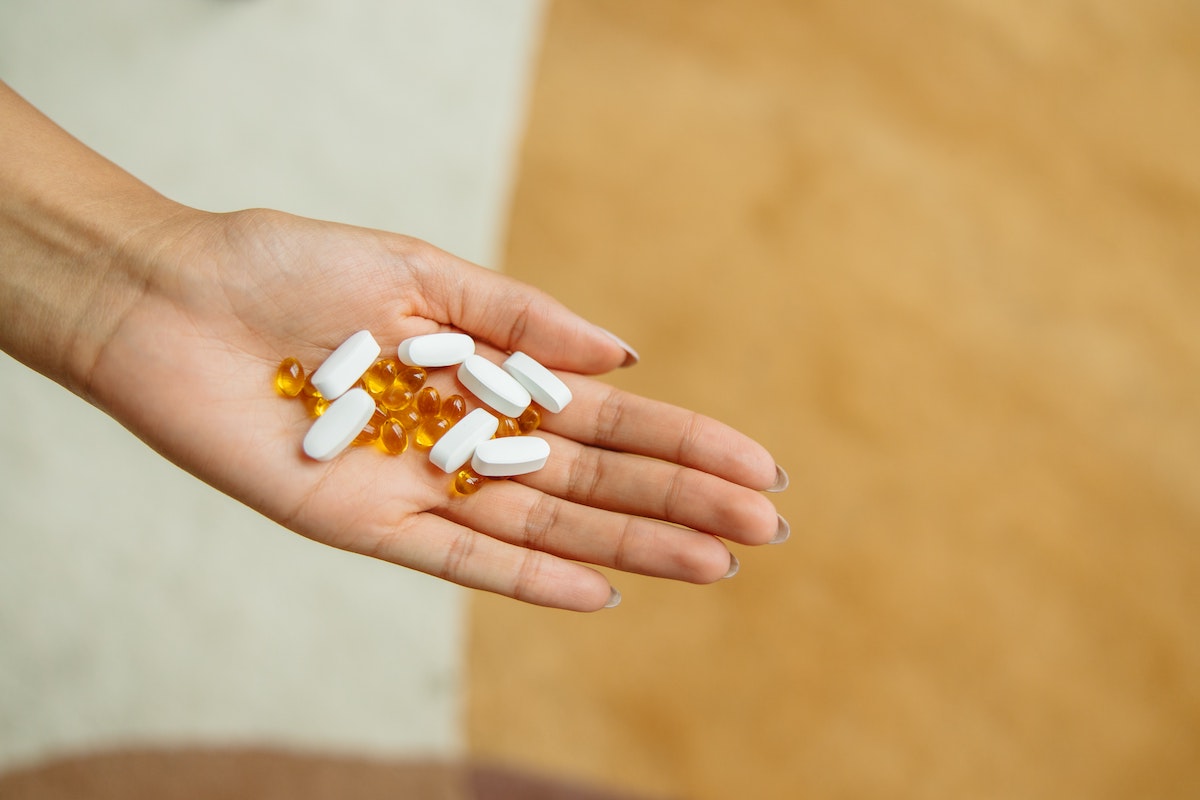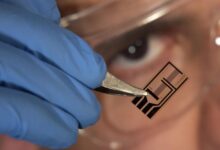The World of Bio-Hacking Optimizes Human Performance

The human body is a marvel of biological engineering, but what if we could go beyond its natural limits? This is the core question at the heart of bio-hacking, a burgeoning movement that seeks to optimize human performance, health, and well-being through a combination of science, technology, and self-experimentation. Bio-hacking is no longer the exclusive domain of Silicon Valley elites or fringe scientists; it’s a global phenomenon, driven by a desire to live longer, feel better, and unlock our full physical and cognitive potential. This article will take a deep dive into the philosophy and practice of bio-hacking, exploring the most popular methods, the role of technology, the significant challenges and ethical considerations, and the immense opportunities that lie ahead for a more empowered and optimized future.
The Bio-Hacker’s Philosophy

At its core, bio-hacking is about turning the human body into a customizable, programmable system. It rejects the idea that our health is predetermined and embraces the concept that we can, and should, take an active role in optimizing our biology.
A. The “Quantified Self” Movement
The bio-hacking journey often begins with a fundamental principle: if you can’t measure it, you can’t improve it. This is the essence of the “quantified self” movement, which involves using technology to track a wide range of biological data.
- Wearable Technology: Bio-hackers use smartwatches, fitness trackers, and other wearable devices to monitor everything from heart rate variability (HRV) and sleep patterns to blood oxygen levels and skin temperature. This data provides a continuous, real-time feedback loop on the body’s response to different interventions.
- Blood and DNA Testing: Regular blood tests are used to track a wide range of biomarkers, from hormone levels and vitamin deficiencies to cholesterol and blood glucose. DNA testing is used to understand genetic predispositions to certain health conditions and to personalize a health and wellness regimen.
- App-Based Tracking: A variety of apps are used to track diet, caloric intake, workout performance, and mood. This data is then analyzed to find patterns and correlations between an intervention (e.g., a change in diet) and a physical outcome.
This data-driven approach allows bio-hackers to move beyond guesswork and to make informed, evidence-based decisions about their health.
B. The Interdisciplinary Approach
Bio-hacking is not a single discipline; it’s an interdisciplinary approach that combines the best of several fields.
- Nutrition: A bio-hacker’s diet is not just about what to eat, but about when and how to eat. This includes practices like intermittent fasting, which is believed to promote cellular repair and improve metabolic health. The diet is often highly personalized, based on an individual’s genetic data and biomarkers.
- Exercise and Recovery: The focus is on finding the most efficient way to achieve a physical goal. This includes using data from wearables to optimize a workout and to ensure the body is properly recovered before the next session.
- Cognitive and Mental Health: Bio-hacking is not just about physical performance; it’s about cognitive enhancement. Bio-hackers use a variety of techniques to improve focus, memory, and creativity, from meditation and mindfulness to the use of nootropics.
This holistic approach recognizes that the mind and body are inextricably linked and that true optimization requires addressing both.
The Techniques of a Modern Bio-Hacker
Bio-hacking is an adventurous and often experimental pursuit. It involves a wide range of techniques, from simple lifestyle changes to cutting-edge technological interventions.
A. Nootropics and Supplements
Nootropics are substances that are believed to improve cognitive function, particularly executive functions, memory, creativity, or motivation. They are one of the most popular tools in the bio-hacker’s arsenal.
- Natural Nootropics: This includes natural compounds like caffeine, L-Theanine (found in green tea), and creatine, which are known to have cognitive benefits.
- Supplements: Bio-hackers use a wide range of supplements, from Vitamin D and Omega-3 fatty acids to more exotic compounds like lion’s mane mushroom, which is believed to promote nerve growth.
It is important to note that the use of nootropics should be approached with caution and with a deep understanding of the potential risks and side effects.
B. The Power of Light and Temperature
Bio-hackers are using an ancient understanding of light and temperature to optimize their health and performance.
- Red Light Therapy: This involves using a specific wavelength of red and near-infrared light to stimulate cellular repair and reduce inflammation. It is often used for muscle recovery and skin health.
- Cold Exposure: Cold plunges and ice baths are a popular technique for reducing inflammation, improving circulation, and promoting mental resilience. The shock of the cold is believed to have a wide range of physical and mental benefits.
- Optimizing Sleep: Sleep is perhaps the most important form of recovery. Bio-hackers use a variety of techniques to optimize their sleep, from using blackout curtains and blue light-blocking glasses to wearing a sleep-tracking wearable that provides a detailed analysis of their sleep stages and quality.
Technology’s Role in Bio-Hacking

The bio-hacking movement would not be possible without the integration of cutting-edge technology. Wearables, apps, and data analytics are providing these individuals with the insights they need to optimize their health and performance.
A. Biometric Feedback and Data Analytics
Smartwatches and fitness trackers are now a standard part of a bio-hacker’s gear. They track a wide range of metrics, including heart rate variability (HRV), sleep quality, recovery scores, and workout load. This data is invaluable for:
- Optimizing Recovery: HRV and recovery scores provide a clear picture of the body’s readiness for a workout. A low score might indicate the need for a rest day or a lighter training session, preventing overtraining and injury.
- Tracking Progress: Detailed metrics on performance allow the bio-hacker to track their progress over time, providing a clear, data-driven picture of their improvement.
- Personalized Regimens: The data collected by wearables can be used to create highly personalized training and nutritional programs, tailored to the individual’s unique physiology and goals.
B. Neuro-Feedback and Brain Stimulation
A more advanced form of bio-hacking involves using technology to directly interface with the brain.
- EEG Headsets: Non-invasive EEG headsets can be used for neuro-feedback, a process where a person can see a real-time visualization of their brain activity. This allows them to learn to control their brain waves, which can be used to improve focus, reduce stress, and enhance meditation.
- Transcranial Direct Current Stimulation (tDCS): This technique involves using a low-level electrical current to stimulate specific parts of the brain. It is believed to improve a wide range of cognitive functions, from memory to creativity. The use of this technology is highly experimental and should be approached with extreme caution.
Challenges and Ethical Considerations
While the potential of bio-hacking is immense, it is not without its significant challenges and ethical questions that we must address proactively.
A. Safety and Regulation
The bio-hacking movement is largely unregulated, which can be a major safety concern. The use of unproven supplements, experimental devices, and DIY interventions can have a major negative impact on a person’s health. There is a need for greater oversight and a deeper understanding of the long-term effects of many of these practices.
B. The Ethical Divide
Bio-hacking raises profound ethical questions about who has access to these technologies and interventions.
- Equity and Access: The high cost of advanced genetic testing, wearables, and other cutting-edge bio-hacking tools could create a new “health divide,” where only the wealthy can afford to optimize their health and live longer, healthier lives.
- Human Enhancement: Where do we draw the line between treating a disease and enhancing human capabilities? Could bio-hacking be used to create a new class of “augmented” humans who have a cognitive or physical advantage? This is a philosophical and societal debate that is just beginning.
C. The Risk of Misinformation
The bio-hacking community is full of a lot of great information, but it is also full of a lot of misinformation and unproven claims. The burden is on the individual to be highly skeptical, to do their own research, and to consult with a medical professional before engaging in any new intervention.
Conclusion
Bio-hacking is a powerful and transformative movement that is fundamentally changing our relationship with our own biology. It is a testament to the power of a data-driven, holistic, and proactive approach to health and wellness. By using technology to track a continuous stream of biometric data, bio-hackers are gaining a level of self-knowledge and control that was once unimaginable. The integration of nutrition, exercise, and cognitive interventions, from intermittent fasting to the use of nootropics, is unlocking a new level of human potential.
However, as we embrace this new era, we must also confront the significant challenges that lie ahead. The lack of regulation and the potential for serious health consequences from unproven interventions are major safety concerns that require a more responsible approach from the community. The profound ethical questions about equity, access, and human enhancement are not just for scientists and philosophers; they are questions that we all must grapple with as the technology becomes more powerful and pervasive. The future of bio-hacking is a journey that will be defined not just by its technological prowess but by its ability to create a world that is not only more efficient and intelligent but also more secure, equitable, and human-centric. It’s a new frontier, and its success will ultimately be measured by its ability to empower all of humanity to live healthier, longer, and more fulfilling lives.


